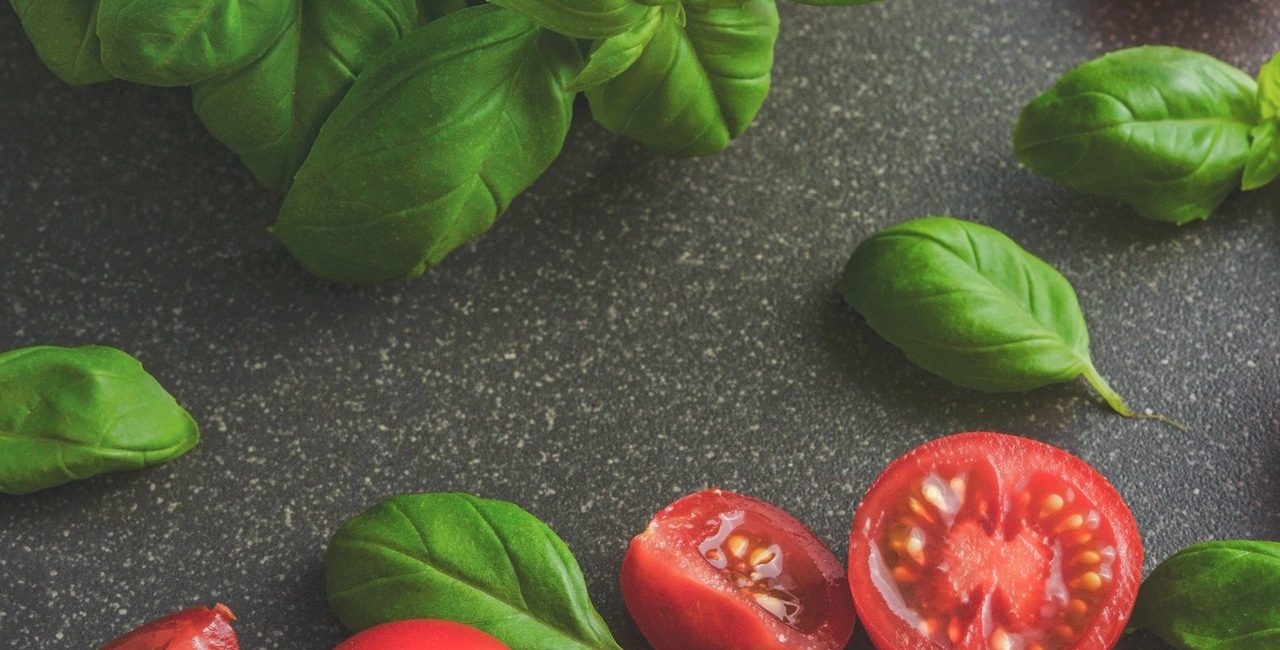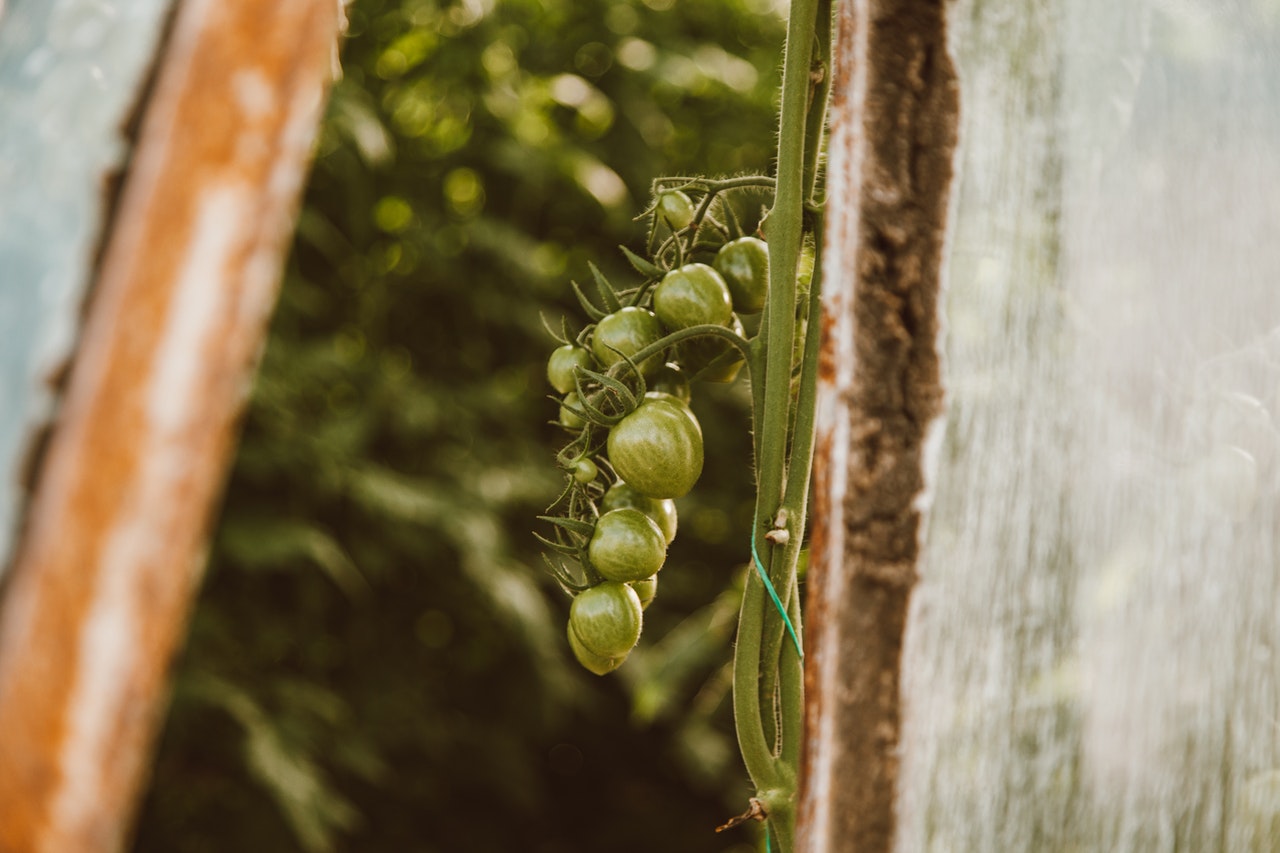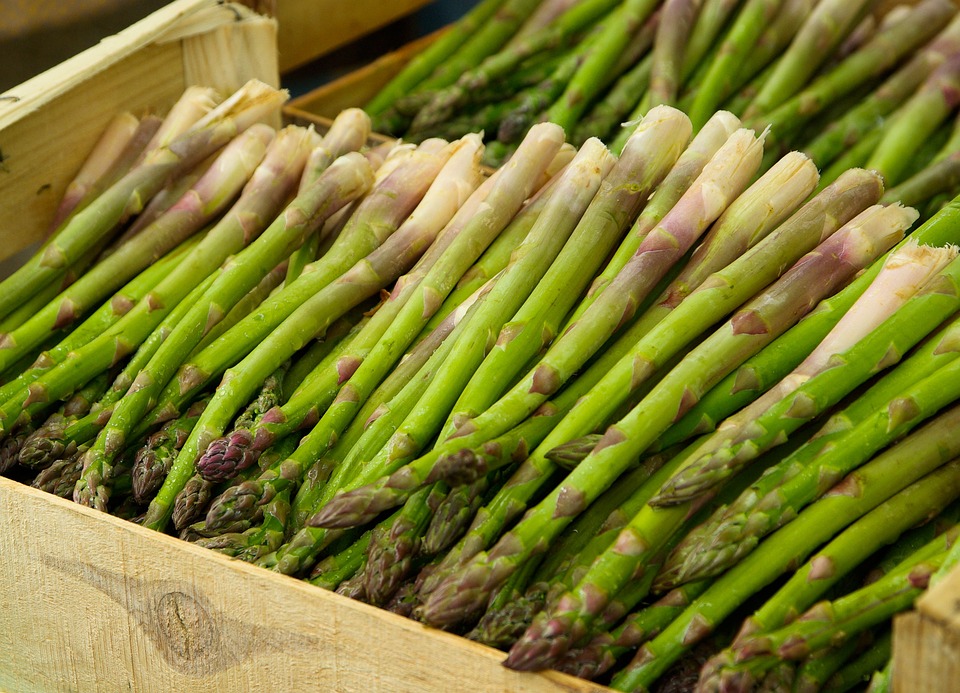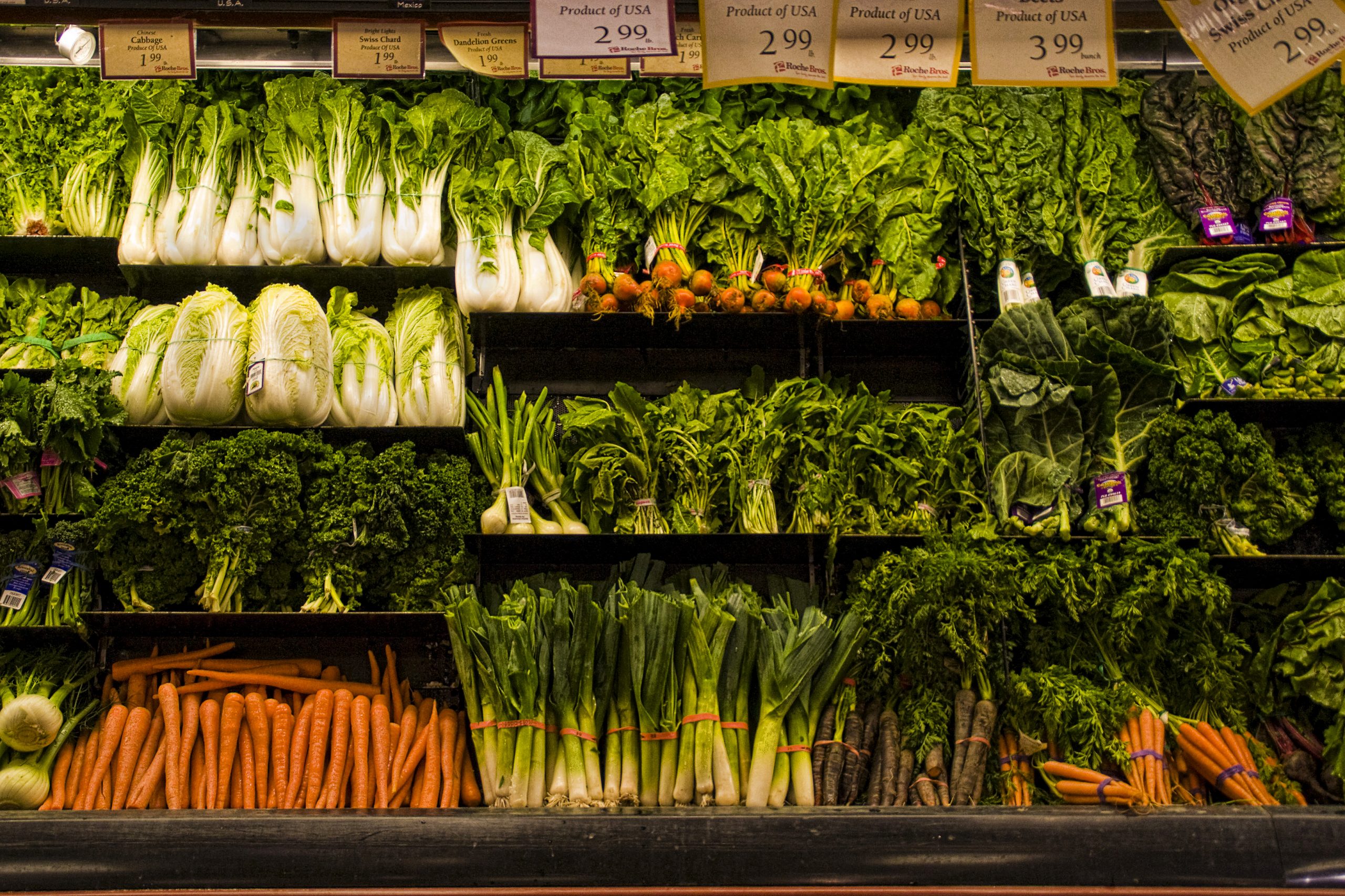Embarking on the journey of grafting tomatoes is an exciting endeavor for garden enthusiasts seeking to enhance the vitality and productivity of their tomato plants. In this comprehensive guide, we’ll delve into the art of grafting tomatoes, exploring the benefits, step-by-step procedures, and essential tips to ensure a successful grafting process.
Unveiling the Benefits of Grafting
Enhanced Disease Resistance
Grafting tomatoes onto disease-resistant rootstocks provides an added layer of protection against soil-borne pathogens. This proactive approach helps maintain the health and vigor of your tomato plants, ultimately contributing to a bountiful harvest.
Improved Yield and Vigor
Grafting allows for the fusion of desirable characteristics from both the scion (upper part) and the rootstock. This results in improved overall plant vigor, leading to increased yields of high-quality tomatoes.
Selecting the Right Rootstock
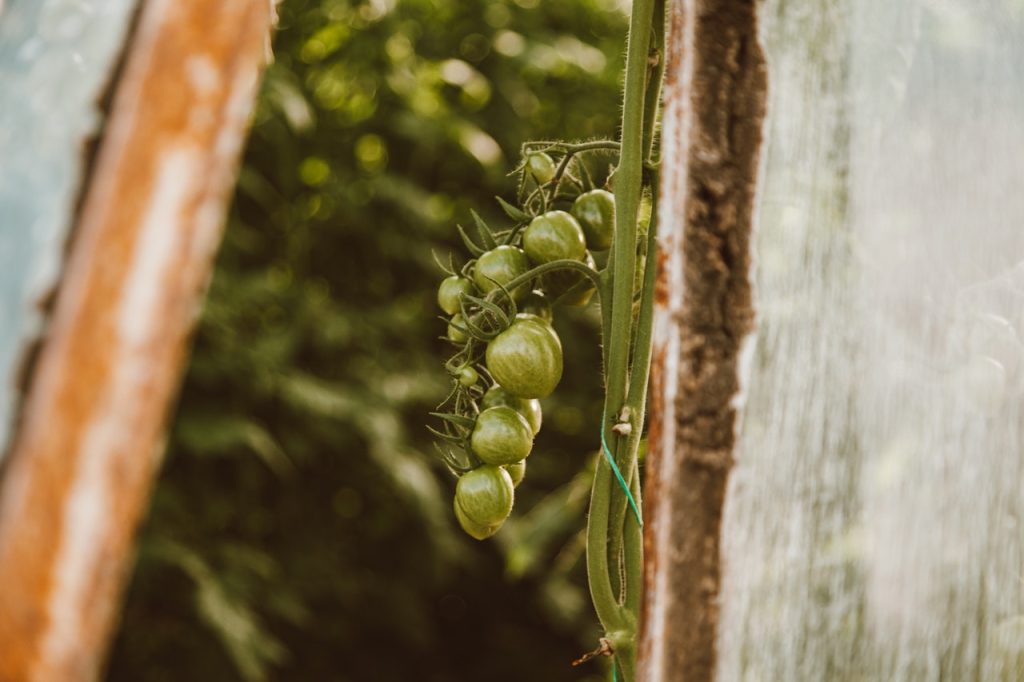
Disease Resistance Profiles
Choose rootstocks that exhibit resistance to common tomato diseases prevalent in your region. Understanding the disease resistance profiles of various rootstocks is crucial for selecting the right match for your grafting endeavor.
Compatibility with Scion Varieties
Consider the compatibility between the rootstock and scion varieties. Ensuring that they are closely related genetically enhances the likelihood of a successful graft, promoting a harmonious integration of traits.
Grafting Techniques
Cleft Grafting
Cleft grafting is a commonly used technique for grafting tomatoes. This method involves making a vertical cut in the rootstock and inserting a wedge-shaped scion into the cleft. This creates a secure connection for successful grafting.
Tube Grafting
Tube grafting, also known as whip-and-tongue grafting, involves making diagonal cuts in both the scion and rootstock, creating matching tongues that fit together. This technique requires precision and is often employed by experienced grafters.
Step-by-Step Grafting Process
Step 1: Gather Materials
Before starting the grafting process, gather all the necessary materials, including a sharp grafting knife, rootstock and scion seedlings, and grafting clips or rubber bands for securing the graft.
Step 2: Prepare Rootstock and Scion
Ensure that both the rootstock and scion are healthy and free from diseases. Trim them to a suitable size, making clean cuts to enhance the success of the graft.
Step 3: Execute Grafting Technique
Choose the grafting technique that aligns with your preferences and skill level. Whether opting for cleft grafting or tube grafting, execute the chosen technique with precision to facilitate a seamless fusion between the rootstock and scion.
Step 4: Secure the Graft
After successfully connecting the scion to the rootstock, secure the graft in place using grafting clips or rubber bands. This stabilizes the union and promotes optimal healing.
Step 5: Provide Adequate Care
Place the grafted plants in a controlled environment with high humidity to encourage successful healing. Gradually acclimate the plants to their final growing conditions, ensuring they receive proper care and attention.
Troubleshooting Common Challenges
Addressing Graft Failure
If graft failure occurs, it’s essential to diagnose the issue promptly. Common causes include improper alignment, insufficient moisture, or incompatible rootstock and scion varieties. Adjustments can be made to increase the chances of success in subsequent grafting attempts.
Managing Post-Graft Stress
Grafted plants may experience stress post-grafting. Mitigate this stress by providing adequate water, ensuring proper environmental conditions, and avoiding unnecessary disturbances to the grafted plants.
Nurturing Grafted Tomatoes to Maturity
Monitor Growth and Development
Regularly monitor the growth and development of grafted tomatoes. Pay attention to the union between the scion and rootstock, ensuring it remains robust and healthy as the plants progress through their growth stages.
Prune for Optimal Structure
Pruning is crucial for maintaining a balanced and well-structured plant. Remove any unwanted shoots or growth below the graft site to direct energy toward the desired fruit-bearing parts of the plant.
Cultivating Success in Grafting
Nurturing the Fruits of Grafting
In conclusion, grafting tomatoes is a rewarding skill that empowers garden enthusiasts to nurture healthier, more productive plants. By understanding the benefits, selecting the right rootstock, mastering grafting techniques, and providing diligent care, gardeners can cultivate success in grafting and reap the bountiful fruits of their labor.

